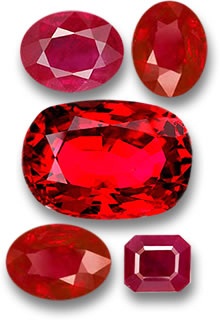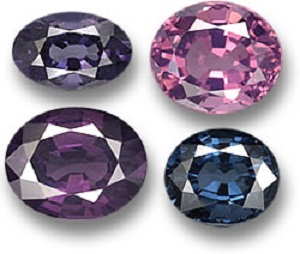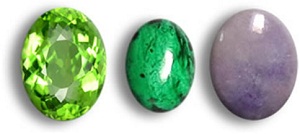MINING IN MYANMAR:
Myanmar has diverse and largely untapped geological resources which will make mining a significant driver of the country?s economic development in the years to come. Though the government has not allowed for foreign investment into jade and ruby mine, Myanmar has the potential to attract large scale foreign participation in the exploration and extraction of metals, ores and industrial minerals, especially copper, tin, tungsten, nickel and gold. Mining is the third largest recipient of foreign direct investment in Myanmar. Energy minerals and Mining account for 55% of Myanmar?s exports. Although exploration activities will have many challenges, the mining industry has the potential to drive the economic growth.
The government of Myanmar once owned all of the country?s gold mines but due to the fall of the junta in 2011, many of them were sold off to private owners. Foreign companies which are able to apply for exploration and exploitation licenses are encouraged to partner with Myanmar companies.
Since the country has a rich geological endowment and centrally located between China, India and the rest of Asian countries, the Myanmar mining sector is expected to grow in the coming years. Also new exploration and production projects will be approved and get under way in the next few years covering minerals such as copper, tin, tungsten, nickel and gold.
GEM STONES FROM MYANMAR:

|
Burmese Rubies |
?The areas in Burma are called "The Valley of Rubies" due to its glittering treasures of exceptional purity and magnificence, such as deep bluish-red rubies. Such prized rubies have been mined since the sixth century. In the late 1500s, the King of Burma ruled the area and took control of its mineral wealth. For a short time, the area was freely mined, and then became a British colony, before its independence in 1948. 90% of the world's rubies come from Myanmar.

|
Burmese Spinel Gems |
Apart from its beautiful rubies, Myanmar has produced several other interesting gemstones too. The Mogok Stone Tract has produced spinel, apatite, scapolite, moonstone, zircon, garnet, iolite and amethyst gemstones. There are also lapis lazuli and peridot mines in this area.
Particularly fine specimens of spinel have emerged from Myanmar. Some of these have a rich red hue and high level of fluorescence that has caused them to be mistaken for top grade rubies earlier. One such gemstone is known as the "Black Prince's Ruby". It is a 170-carat red spinel that has been set into the British state crown. In the past 10-15 years, fine bright red spinel has emerged from Kachin Province, east of the area where jadeite is mined.
One of the most valuable gemstones mined in Burma is imperial jadeite, which comes from the hills of Kachin Province in Northern Myanmar. The town of Hpakant is the most famous mining area and it has mined jadeite since imperial China imported vast quantities of it.

|
Jadeite, Maw-sit-sit and Peridot from Burma |
A relative of jadeite is the material known as maw-sit-sit, which contains jadeite. It is named after the village of "Maw-sit" near Kansi in the Kachin region of Northeastern Burma where it was discovered in 1963. The gemstone is an opaque material and tends to have a mottled appearance, with white, dark-green or blackish patches or veins.
Another green gemstone material, peridot, is mined in the Mogok region, at the Pyaung Gaung Mines. The top grade peridot gems from these mines are considered to be the finest in the world. The gemstones are large and exhibit a yellowish-green to bottle-green hue. The gemstone materials of Myanmar have their place in history, from ancient times, right up to the present day. The gemstones of this land include legendary rubies to die for, jadeite favored by Chinese emperors, and curious new materials such as maw-sit-sit. The modern Myanmar has been taking steps toward a more open nation and this will hopefully lead to improved mining conditions and more gemstone materials emerging from the beautiful lands of the country.








